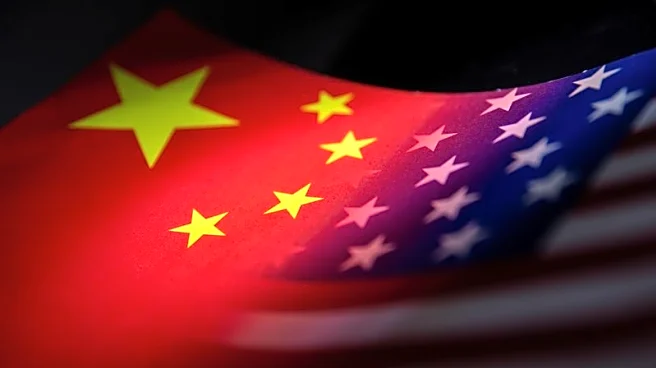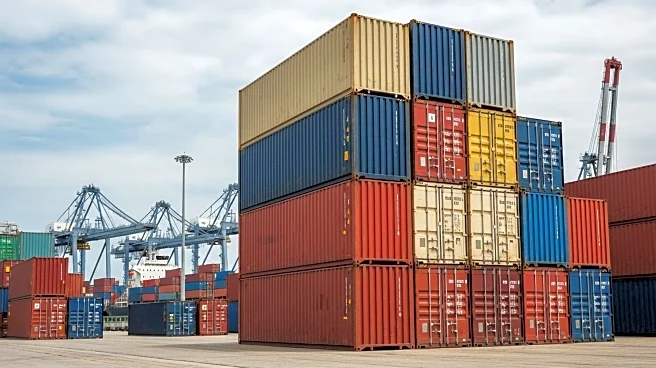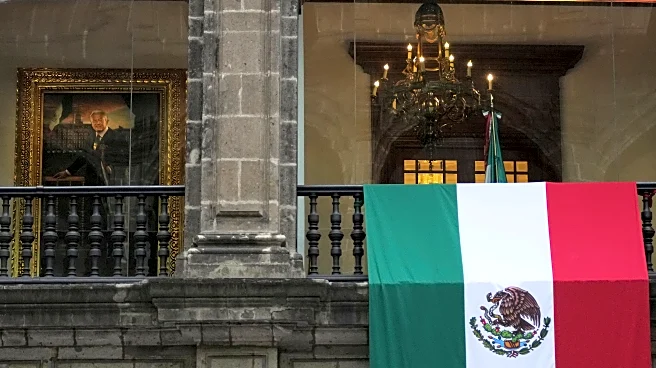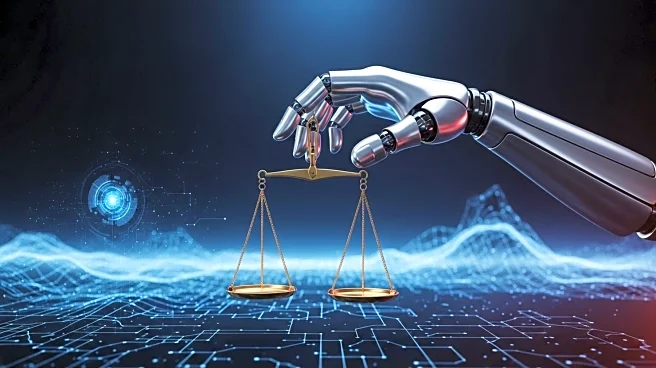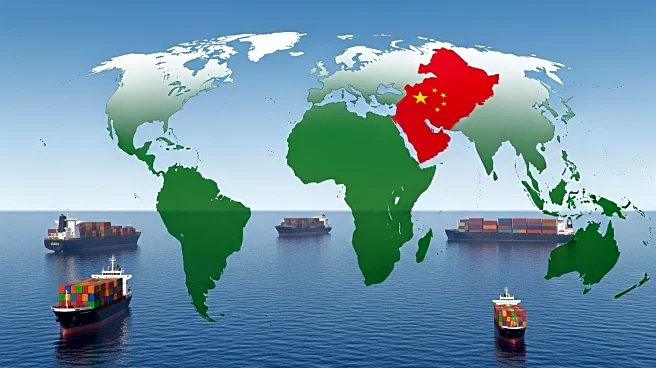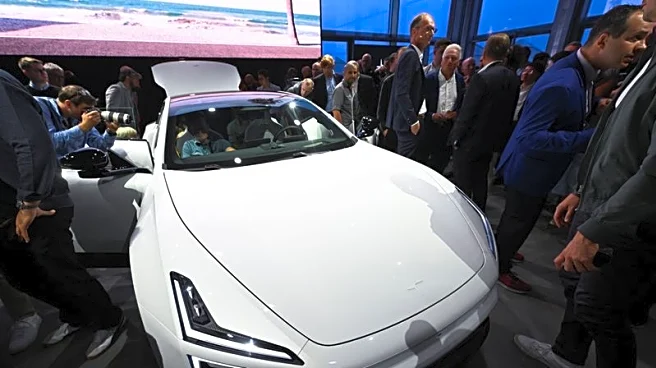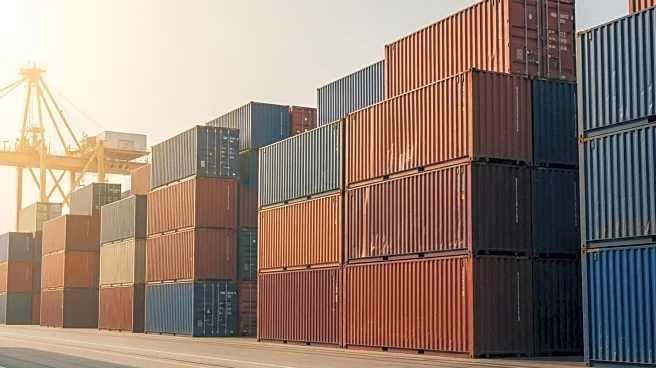What's Happening?
China has made significant strides in clean technology, establishing dominance in solar manufacturing, wind turbine supply chains, batteries, electric vehicles, and high-voltage grid electronics. This growth is supported by substantial investments in education and technology, producing a large number of STEM graduates annually. In contrast, the United States is facing institutional challenges under President Trump, with policies that protect legacy industries and hinder innovation. The U.S. has erected tariff walls against Chinese clean technologies, slowing its own deployment and entrenching incumbents. This divergence in institutional choices is evident in the handling of internet commerce giants, where China has curbed monopolistic practices, while the U.S. has allowed companies like Google to maintain dominance.
Why It's Important?
The contrasting approaches of China and the United States in clean technology and institutional governance have significant implications for global economic leadership. China's focus on education and innovation positions it as a leader in the next industrial era, while the U.S. risks stagnation by protecting legacy industries and limiting creative destruction. This shift could impact U.S. competitiveness in emerging technologies and industries, affecting economic growth and job creation. The erosion of pluralism and institutional integrity in the U.S. under President Trump further exacerbates these challenges, potentially leading to long-term negative outcomes for the country's prosperity.
What's Next?
The U.S. may need to reassess its policies to foster innovation and embrace disruptive industries to remain competitive. Restoring support for research, reopening to global talent, and recommitting to the rule of law could be crucial steps. Meanwhile, China is likely to continue its investments in education and clean technology, strengthening its position in the global market. The U.S. must address its institutional drift to prevent further erosion of its economic and political foundations.
Beyond the Headlines
The institutional choices made by the U.S. and China reflect broader cultural and political dynamics. The U.S. faces challenges in maintaining its democratic institutions and pluralism, while China operates under an authoritarian structure but with effective state capacity. These differences highlight the complex interplay between governance models and economic prosperity, raising questions about the long-term sustainability of each approach.




